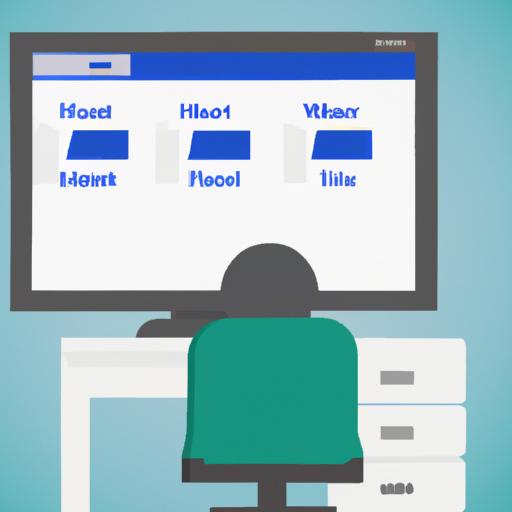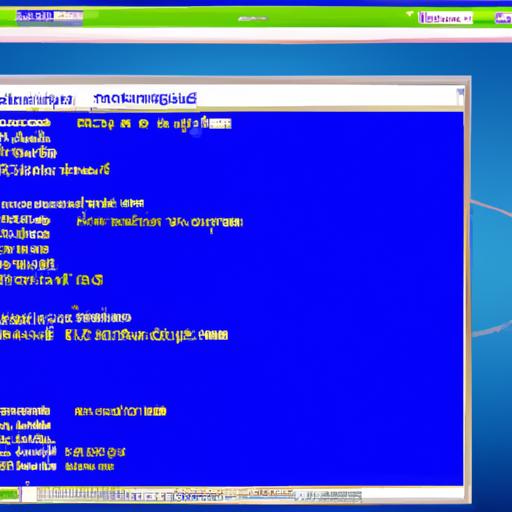Have you ever wondered where the Windows host file is located? Understanding the location of this essential file is crucial for various troubleshooting and customization tasks. In this article, we will explore the intricacies of the Windows host file, its significance, and provide a step-by-step guide to finding its location.

Understanding the Windows Host File
The Windows host file plays a vital role in the operating system by mapping domain names to IP addresses. It acts as a local DNS resolver, allowing your computer to translate human-readable domain names into machine-readable IP addresses. By maintaining this mapping, the host file enables your computer to access websites and network resources efficiently.

Locating the Windows Host File
Windows 10
To locate the Windows host file in Windows 10, follow these simple steps:
- Press the Win + R key combination to open the Run dialog bo2. Type %SystemRoot%System32driversetc and press Enter.
- In the etc folder, you will find the host file named hosts.
Windows 8 and Windows 7
The process of finding the host file in Windows 8 and Windows 7 is similar to that of Windows 10. Here’s how:
- Press the Win + R key combination to launch the Run dialog bo2. Enter %SystemRoot%System32driversetc and hit Enter.
- Look for a file named hosts within the etc folder.

Common Misconceptions
Before we delve deeper, let’s address some common misconceptions about the Windows host file:
Myth: The Host File is Obsolete
Contrary to popular belief, the host file is far from obsolete. While DNS servers handle the majority of domain name resolutions, the host file serves as a local override for DNS requests. It allows you to manually map specific domains to IP addresses, bypassing the DNS lookup process.
Myth: The Host File is Vulnerable to Attacks
Some may argue that modifying the host file can pose security risks. However, with appropriate user permissions and precautionary measures, such as regular system scans and updates, the host file remains a secure component of the operating system.
Frequently Asked Questions (FAQ)
Here are some frequently asked questions regarding the location of the Windows host file:
Can I move the host file to a different location?
No, it is not recommended to move the host file to a different location. It is best to keep it in its default location to ensure proper functionality and avoid any conflicts or errors.
What happens if the host file is deleted?
Deleting the host file can disrupt your computer’s ability to resolve domain names. It is advisable not to delete the host file unless you have a specific reason and are aware of the consequences.
Conclusion
In conclusion, understanding the location of the Windows host file is essential for various tasks related to network troubleshooting and customization. By following the simple steps outlined in this article, you can easily locate the host file on different Windows versions. Remember, the host file continues to play a significant role in mapping domain names to IP addresses, providing you with more control over your computer’s network connections. Explore and utilize the host file effectively to enhance your browsing experience and network management capabilities.
So, the next time you wonder where the Windows host file is located, you can confidently navigate to it and make the necessary modifications to suit your needs.
